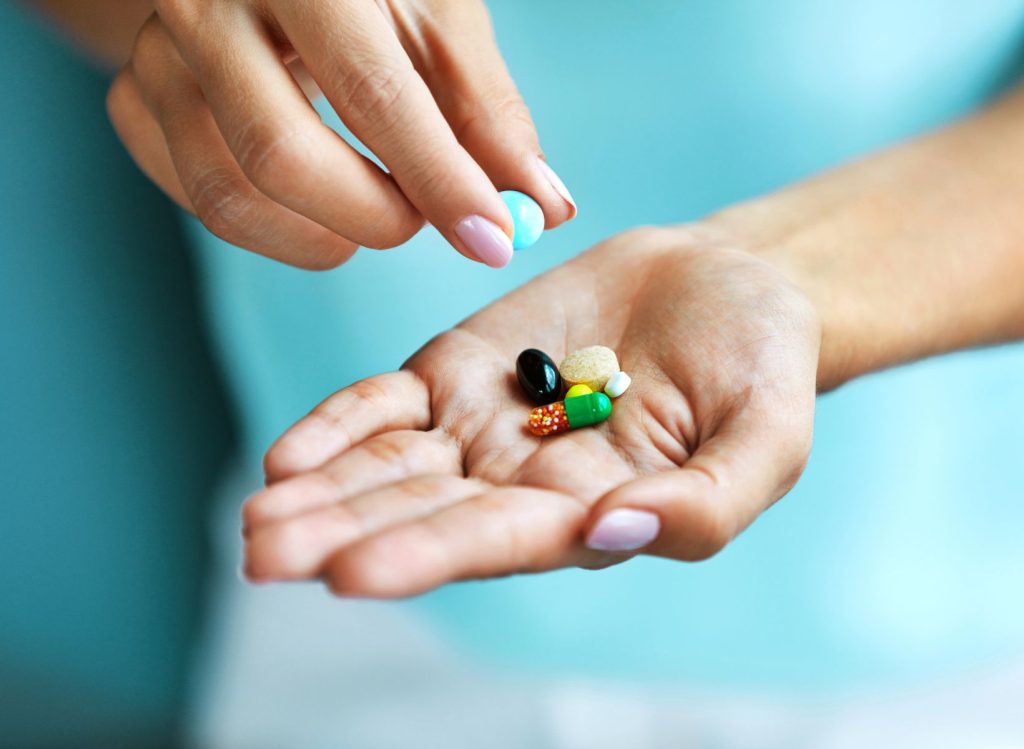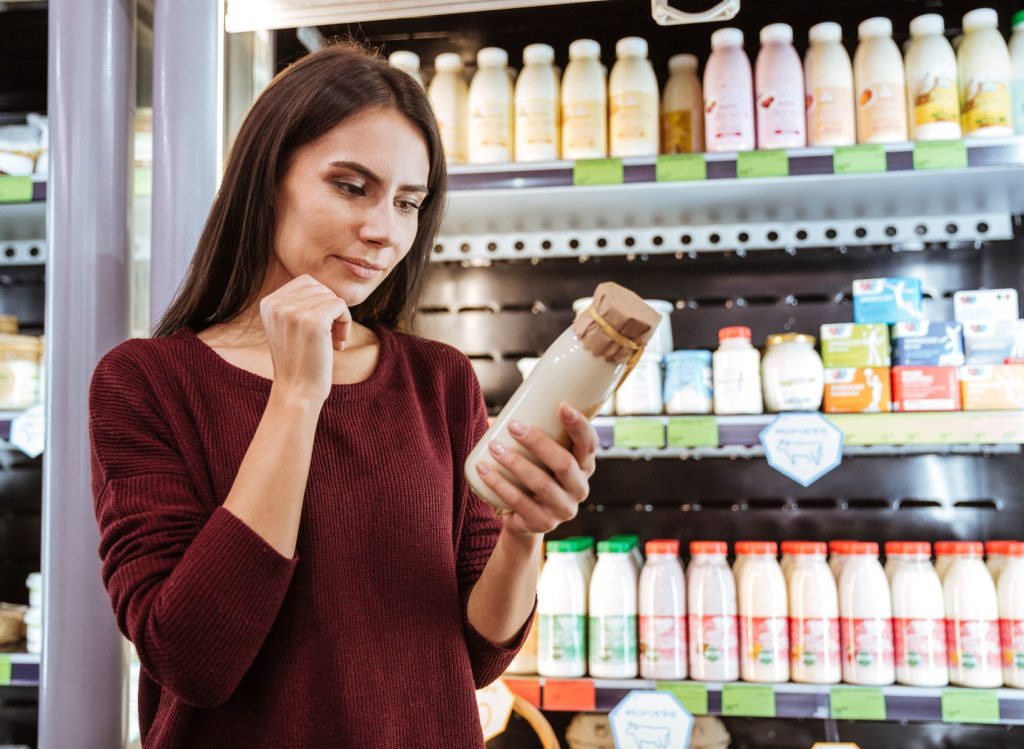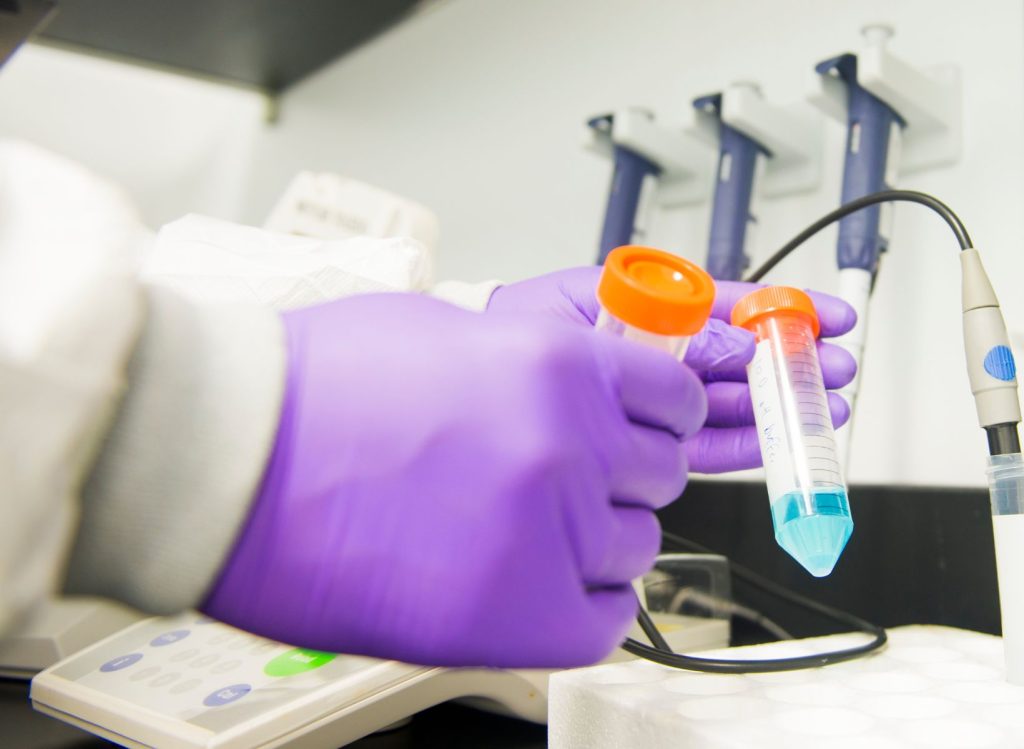
In bulk manufacturing today, antioxidants are playing an increasingly important role across various industries. These compounds are well-known for their ability to prevent or slow down oxidative damage to other molecules in the body. In sectors ranging from food and beverage to pharmaceuticals and cosmetics, antioxidants are vital in not only preserving the quality, stability, and shelf life of products but also providing a plethora of health benefits to consumers. This has led to a growing demand for antioxidants in bulk manufacturing, with companies seeking high-quality, efficient, and cost-effective solutions to enhance their products’ properties, longevity, and appeal.
In the realm of health and wellness, antioxidants protect against cellular damage, playing a vital role in maintaining vitality and longevity. Due to their profound impact, it is clear that certain key antioxidants have risen to prominence due to their unique properties and versatile applications across various industries. From boosting immune health to prolonging product lifespan and effectiveness, the attributes of the key antioxidants described below shed light on its various applications.
Also known as ascorbic acid, Vitamin C is a water-soluble ingredient that is prized for its potent antioxidant properties. Essential for the maintenance of skin, blood vessels, bones, and cartilage, Vitamin C also boosts the immune system, aids in wound healing, and contributes to iron absorption. In industrial applications, Vitamin C is a popular additive in food and beverages for its preservative properties, preventing oxidative color and flavor degradation. In the personal care sector, it’s used for its skin-brightening and anti-aging effects, making it a staple in skincare formulations.
CoQ10 is a fat-soluble substance that resembles a vitamin. It’s unique in its dual role as both an antioxidant and a key participant in cellular energy production. In health supplements, CoQ10 is marketed for its potential in improving heart health, reducing oxidative damage, and slowing down the effects of aging. In the cosmetic industry, it protects the skin from oxidation and energizes skin cells, as well as improves skin texture and appearance.
Known for its critical role in maintaining healthy vision, Vitamin A is also important for immune function and skin health. In applications, Vitamin A is often found in skincare products for its ability to promote skin regeneration and improve skin health, making it a valuable ingredient in anti-aging creams and serums. Additionally, it’s used in food fortification to combat Vitamin A deficiency in various populations.

Vitamin E is fat-soluble and is recognized for its powerful antioxidant properties. It plays a significant role in protecting cell membranes from oxidative stress, promotes skin health and supports overall immune function. In products, Vitamin E is commonly found in skincare items, where it helps to protect the skin from environmental stressors like UV rays and pollution. It’s also a popular additive in food products for its ability to extend shelf life by preventing oxidative spoilage.
Alpha Lipoic Acid (ALA) is a unique antioxidant because it is both water and fat-soluble. This allows it to work in every cell or tissue in the body. The health benefits of ALA are extensive, including promoting healthy nerve function, lowering blood sugar levels, and reducing inflammation. Its versatility makes it an attractive additive in both food and cosmetic products for its ability to restore vitamin levels, protect against oxidative damage, and enhance the energy production of cells.
Derived from the leaves of the Camellia sinensis plant, Green Tea Extract is rich in polyphenols like EGCG, which exhibit powerful antioxidant properties. It’s linked to health benefits, including improved brain function, fat loss, and a lower risk of heart disease. In various industries, Green Tea Extract is utilized for its health-promoting properties in dietary supplements, as well as for its skin-soothing and protective qualities in skincare products. Additionally, its natural preservative properties make it a valuable addition to food and beverage products.
The current market demand for antioxidants is shaped by a heightened consumer awareness of health and wellness along with the growing emphasis on natural and sustainable ingredients. This trend is observed across various sectors, including food and beverages, pharmaceuticals, nutraceuticals, and cosmetics.

As consumer preferences and technological advancements reshape the health and wellness landscape, the role of antioxidants is undergoing significant transformation. This change is evident across multiple sectors, from natural sourcing and functional foods to pharmaceuticals and personalized nutrition, highlighting the versatile and growing importance of antioxidants in meeting modern health and environmental needs.
As discussed above, the antioxidant market is poised for growth, influenced by consumer trends towards healthier lifestyles, natural ingredients, and technological advancements in product formulation and delivery systems.
Global sourcing of antioxidants involves a complex network of suppliers, manufacturers, and distributors. This network spans diverse geographical regions, each with unique climatic conditions and cultivation practices that can affect the quality and efficacy of antioxidants. For instance, Vitamin C is predominantly sourced from countries with large-scale cultivation of citrus fruits or where industrial synthesis is cost-effective. Similarly, Green Tea Extract is primarily sourced from regions known for tea cultivation, like parts of Asia. The global sourcing practices must balance cost, quality, and consistent supply, even amidst geopolitical and environmental changes.
Quality assurance is critical in the sourcing of antioxidants to ensure their purity, potency, and safety. Standards like the Good Manufacturing Practices (GMP), International Organization for Standardization (ISO), and the Hazard Analysis Critical Control Point (HACCP) are commonly adhered to. Additionally, certifications like the United States Pharmacopeia (USP), European Pharmacopoeia (EP), and certifications for organic ingredients are crucial indicators of quality. These standards and certifications provide a benchmark for production and testing, ensuring that the antioxidants meet the required safety and efficacy criteria.
Ethical sourcing and sustainability have become increasingly important in the supply chain of antioxidants. Consumers and regulatory bodies are demanding more transparency and responsibility in sourcing practices. This includes ensuring fair labor practices, minimizing environmental impact, and promoting sustainable farming practices. For instance, the Rainforest Alliance or Fair Trade certifications can indicate ethical sourcing of ingredients like Green Tea Extract. Companies are also focusing on sustainable practices, like using renewable energy in production and implementing waste reduction techniques. By adopting these practices, businesses not only meet consumer expectations but also contribute to the global effort of sustainable and responsible consumption.
Antioxidants are formulated into a wide range of products, each requiring specific formulation techniques to maximize their efficacy and stability.
The incorporation of antioxidants into various products presents a unique set of formulation challenges and necessitates specialized techniques to ensure efficacy, stability, and consumer appeal.
Overcoming these challenges requires a blend of scientific expertise, rigorous testing, and innovation. As the demand for antioxidant-enriched products grows, the industry continues to evolve, leveraging advanced technologies and research to optimize the incorporation of these beneficial compounds into a wide range of consumer products.

In developing antioxidant-rich products, several key practices can be vital to ensuring successful manufacturing. These steps collectively ensure the effectiveness, safety, and market relevance of antioxidant-infused products:
By following these best practices, manufacturers can develop high-quality products that effectively harness the benefits of antioxidants while meeting consumer expectations and regulatory requirements.
Understanding the regulatory landscape and compliance is crucial when incorporating bulk antioxidant ingredients into manufacturing, as it ensures adherence to legal standards and consumer safety. This knowledge also helps manufacturers navigate the complex global market, maintaining product integrity and consumer trust across different regions.
The regulation of antioxidants in products, whether they are food, supplements, or cosmetics, varies significantly across different regions and is governed by a complex set of guidelines.
Labeling regulations are a critical aspect of antioxidant product compliance. In the U.S., the FDA requires that all ingredients, including antioxidants, be listed on the product label. For food products, nutritional labeling must follow specific guidelines, and any health claims must be supported by scientific evidence. The EU has similar requirements, with an additional emphasis on allergen labeling.
To ensure compliance, manufacturers must stay updated with the latest regulations, which change frequently. This involves regular consultation of regulatory body publications and possibly working with legal experts or regulatory consultants. Compliance not only ensures legal conformity but also builds consumer trust.
Obtaining relevant certifications and undergoing regular audits can also help in maintaining compliance. Certifications with standardized entities like ISO can provide a framework for quality management and regulatory adherence.
Incorporating antioxidants into manufacturing processes not only involves understanding their health and wellness benefits but also requires a keen analysis of the economics behind their sourcing and use. This section delves into the cost implications and efficiency strategies relevant to manufacturing industries using bulk antioxidants.

The future of antioxidants in manufacturing has potential developments and technological advancements shaping a new era for these vital ingredients. This section explores predictions and potential changes in the antioxidant market and how emerging technologies may influence their application and use.
The antioxidant market is expected to continue its growth trajectory, driven by increasing health consciousness among consumers and a growing emphasis on natural and sustainable products. There’s an anticipated rise in demand for naturally sourced antioxidants, driven by the clean-label trend. Furthermore, with the aging global population, antioxidants known for their anti-aging and health-promoting properties, such as CoQ10 and Alpha Lipoic Acid, are likely to see increased demand. Market expansion is also predicted in emerging economies, where rising incomes and health awareness are creating new opportunities for antioxidant-rich products.
The growing fields of personalized nutrition and precision medicine are expected to drive the development of tailored antioxidant solutions. Advances in genomics and biotechnology could lead to customized antioxidant regimens designed to meet individual health needs, offering more targeted and effective health benefits.
Future regulatory changes and evolving consumer trends will play a significant role in shaping the antioxidant market. Manufacturers will need to stay agile and responsive to these changes, adapting their practices to meet new standards and consumer expectations, especially in terms of sustainability and ethical sourcing.
It’s important to highlight the essential antioxidant insights that are crucial to the bulk manufacturing industry. A deep understanding of the variety and functions of antioxidants, such as Vitamin C, CoQ10, and Green Tea Extract, is fundamental. This knowledge not only aids in selecting the appropriate antioxidant for specific product requirements, but also enhances the overall quality and effectiveness of the end product, whether in food, health supplements, or cosmetics.
Navigating the regulatory landscape is another key aspect. Adhering to the guidelines set by authorities like the FDA and EFSA is critical for legal compliance, product safety, and consumer trust. Equally important is the focus on quality assurance, ethical sourcing, and sustainable practices. These factors not only align with increasing consumer demands but also play a significant role in building a responsible and trusted brand image. Additionally, understanding the economics of sourcing antioxidants, including cost considerations and efficient manufacturing, is vital for maintaining profitability and competitiveness.
Looking ahead, staying abreast of market trends and technological advancements is imperative for the dynamic and growing antioxidant market. Strategic planning and a forward-thinking approach are essential in adapting to current demands and preparing for future shifts. A comprehensive understanding of these elements is key for informed decision-making and strategic planning, ensuring success and sustainability in the evolving world of bulk antioxidant manufacturing.
Ready to supercharge your product with high-quality bulk antioxidant ingredients? Look no further!
Contact Vivion, the trusted wholesale supplier, today to fulfill your bulk ingredient needs. Our experts are here to assist you in sourcing the finest antioxidant ingredients for your products. Don’t miss out on this opportunity to enhance your formulations and delight your customers.
Reach out to us now to discuss your requirements, request samples, and get started on a healthier and more successful future for your brand.
https://www.linkedin.com/pulse/natural-antioxidants-market-research-report-provides-thorough-zjqsc/
https://www.maximizemarketresearch.com/market-report/natural-antioxidants-market/220915/
https://formulabotanica.com/antioxidants-in-cosmetics/
https://www.bakingbusiness.com/articles/59382-choosing-the-right-antioxidants-depends-on-product-formulation
https://pharmaceuticalmanufacturer.media/pharmaceutical-industry-insights/pharmaceutical-manufacturing-insights/five-benefits-of-using-antioxidants-in-pharma-formulations/
https://www.fda.gov/food/food-additives-petitions/food-additive-status-list
https://www.fda.gov/cosmetics/cosmetics-guidance-regulation
https://www.knowledge-sourcing.com/report/global-antioxidants-market
https://www.spglobal.com/commodityinsights/en/ci/products/chemical-antioxidants-scup.html
https://www.businesswire.com/news/home/20180809005416/en/Food-Antioxidants-Procurement-Report-Antioxidant-Foods-Category
https://www.fortunebusinessinsights.com/industry-reports/food-antioxidants-market-100789
https://www.databridgemarketresearch.com/reports/global-natural-antioxidants-market
https://www.imarcgroup.com/antioxidants-market